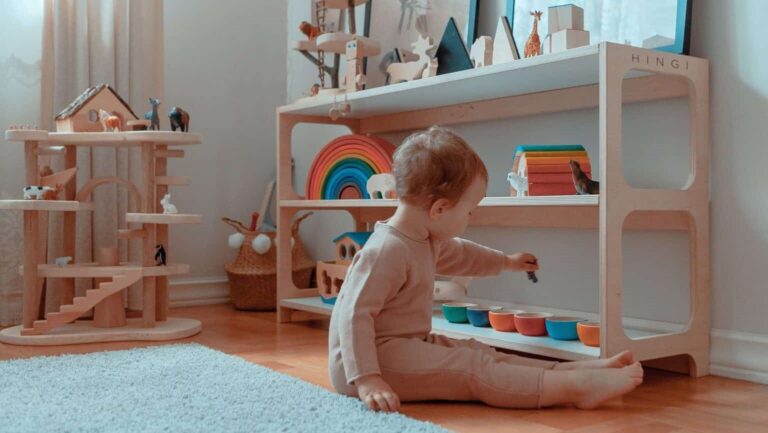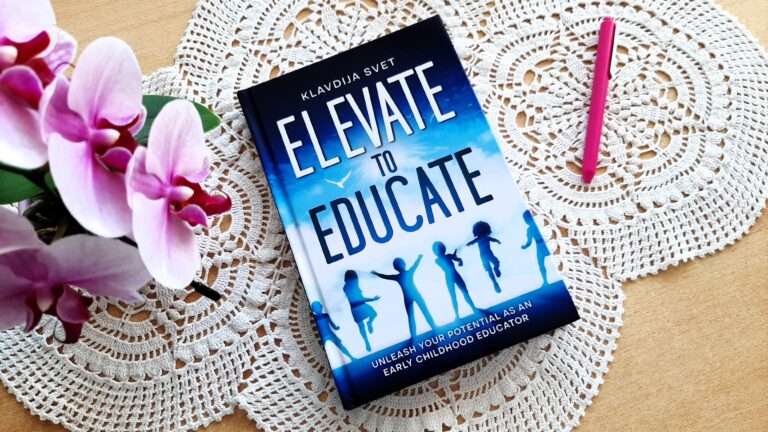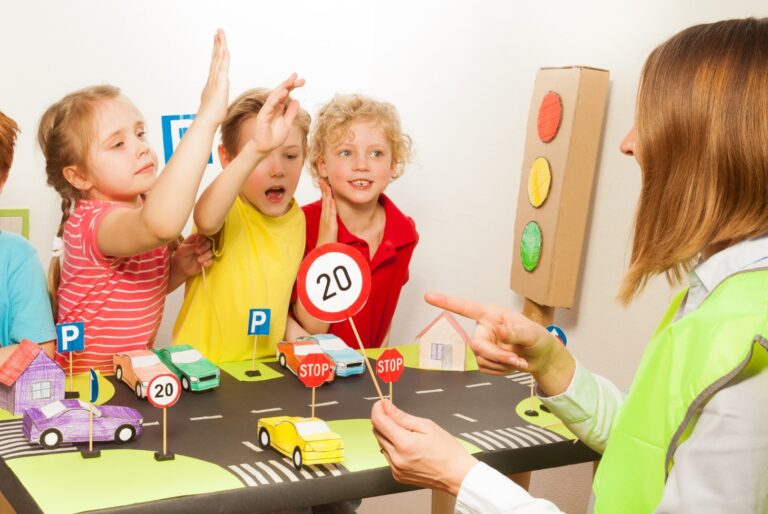Why Is Risky Play A Necessity
By engaging in challenging experiences, children discover their capabilities and develop a deeper understanding of the world around them.
As educators, it is crucial for us to have an unwavering belief in our student’s abilities and potential. When we fully embrace their capacity for growth, we can effectively guide them toward developing a strong sense of self and a broader perspective of the world.
While it is natural for us and parents to be concerned about their child getting hurt, it is crucial to recognize that small bruises can actually contribute to their overall safety and well-being in the long run.
Educating parents about the benefits of risky play is essential. The more you share and advocate for it, the more comfortable and enthusiastic parents become. It’s up to us as educators to take those first steps, to be the champions for our students’ learning and show parents the immense value in allowing their children to engage in risky play.
Here’s how:
Risk assessment and learning
Young children are naturally curious and eager to explore their surroundings. Through play and physical activities, they learn to assess risks and make decisions. When a child falls or bumps into objects, they experience the consequences of their actions. These minor injuries provide valuable feedback and help them understand the boundaries of their physical abilities.
Body awareness and coordination
Small bruises can enhance a child’s body awareness and coordination. When they stumble, fall, or bump into something, they develop a better understanding of their body’s dimensions and limitations. This self-awareness contributes to improved balance, coordination, and spatial skills, reducing the likelihood of more severe accidents in the future.
Risk perception and safety precaution
Experiencing minor injuries helps children develop a sense of risk perception. They learn to recognize potential hazards, anticipate consequences, and take appropriate safety precautions. By navigating through small bumps and bruises, children gradually acquire the skills to make safer choices and avoid more significant injuries as they grow older.
Resilience and coping skills
Encountering and overcoming minor injuries fosters resilience and the ability to cope with challenges. Children learn to bounce back from small setbacks, developing emotional resilience and perseverance. These qualities are crucial for their overall well-being, enabling them to face future difficulties with greater strength and adaptability.
Self-confidence and independence
When children engage in play and take risks, they gain a sense of accomplishment and build self-confidence. Overcoming small injuries contributes to their belief in their own abilities, encouraging them to explore and engage with the world more independently. This self-assurance empowers children to navigate their environment confidently, making them less prone to accidents and injuries in the long term.
Important note
It is important to note that while bruises can have these developmental benefits, safety should always be a priority. Adult supervision, age-appropriate play equipment, and creating a safe environment are crucial aspects of promoting both physical and emotional well-being in children.
By fostering a supportive and open dialogue with parents, we can collectively create an environment that encourages exploration, resilience, and self-discovery for children. Let’s continue to advocate for the importance of risky play and empower our students to reach their full potential.

Elevate your teaching skills and stay ahead of the curve! Receive our monthly Insights, packed with professional development opportunities, classroom inspiration, and the latest trends in education. Don’t miss out on the chance to take your teaching to the next level. Subscribe now!







